By Dr Selma Iilonga, University of Namibia

The University of Namibia’s project team, Dr. Selma Iilonga, Dr. Albert Shikongo, and Ms. Jacobina Mwiiyale, hosted a workshop for policymakers and other stakeholders on 25 July 2024 at the main Windhoek campus.
The workshop was attended by 70 participants including public health researchers, local council members, social workers, experts from the Ministry of Environment and Tourism, Gambling Division (the regulating body of gambling activities in Namibia) and Mr John Erastus, CEO of the Gambling Board of Namibia. Professor Agnes Nairn, Co-Director of the Bristol Hub for Gambling Harms Research also attended and gave an overview of gambling and strategies for mitigating gambling harm in the UK.

The project researchers presented the findings from their research on “the impact of gambling information diffusion on consumer behaviour and the design of a mitigation model to address harmful gambling in Namibia”. This groundbreaking research project is the first empirical study on gambling in Namibia. Masters student, Mr Markus Mandume also presented an overview of his research project on the Mathematical Modelling of Diffusion of Gambling Information and its impact on consumer’s behaviours.


The study found that young people were most likely to be involved in gambling activities with 19% of those aged 15-24 and 47% of people aged between 25 and 34 years actively gambling. Older age groups had lower participation rates with 23% of those aged 35-44, 7% of people aged 45-54, 3% of those aged 55-64 and 1% aged over 65+ gambling. In terms of gender breakdown, the study found more males (69%) than females (31%) participate in gambling activities.
In terms of how participants were exposed to gambling activities, the highest proportion (40%) were exposed to gambling through word of mouth. Other sources of exposure included gambling adverts (15%), billboards (14%) and WhatsApp or other forms of social media (13%).
The study found various reasons for participating in gambling: to win money (48%), for fun/entertainment (16%), for competition and skills (9%), to kill boredom (8%), social interaction (8%), stress relief (5%), having more money to spend (3%), because they cannot stop (2%).
The project researchers also presented a range of recommended strategies that could be developed for mitigating gambling harms :
- The introduction of live counselling TV and local radio programmes providing gambling education, where people who have experienced gambling harms give testimonies of how they survive.
- An amendment of the current gambling act to regulate the promotion of gambling responsible activities advertisements in local radio, TV, anywhere in Namibia.
- The creation of the educational tailor-made gambling information literacy programs for all ages.
- The creation of responsible gambling Artificial Intelligence App
- To create a reward habit for gamblers for setting and sticking to responsible gambling goals.
The implementation of these strategies requires collaboration between stakeholders/change agents. The recommended strategies also require mathematical models to develop a gambling cost-benefit analysis. Advocating for funds from local and international partners to continue to support responsible gambling initiatives is essential. Lastly, a continuous monitoring, evaluation and feedback system should also be implemented to gather gambling feedback to improve the mechanisms in place, through collaboration with gambling industry, governments and non-Governmental Institutions and academic institutions for innovative solutions in responding to feedback.
The presentation of the research findings created strong discussion and engagement among workshop participants sharing diverse sentiments on best practice and advising researchers on the way forward. The workshop participants also expressed the need for the study to be rolled out to the remaining regions of Namibia that were not covered in this study and for the comparison of the findings between regions to influence policymakers, inform interventions and provide practical solutions to gambling advertisement/information/messages.
In support of the proposed recommended strategies models for mitigating gambling harms in Namibia, the workshop participants also expressed the strong need for the amendment of the gambling law and for the dissemination of this information to the public to create awareness of the protection for gamblers as provided by section 20 of the Gaming and Entertainment Control Act 13 of 20. This includes the availability of treatment centres, fair distribution of gambling licensing, controlling the monitoring of gambling and betting outlets to prevent underage participation in gambling activities.
Overall, the workshop participants generated interesting views and debates on gambling impacts in the Namibian society and praised researchers’ effort in addressing such a sensible and sensitive matter.
The research project is funded by the Bristol Hub for Gambling Harms Research based at the University of Bristol.







 In 2020, the UK government announced an overhaul of the Gambling Act to make the laws “
In 2020, the UK government announced an overhaul of the Gambling Act to make the laws “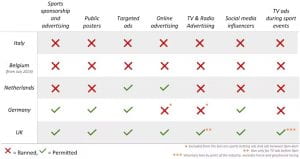
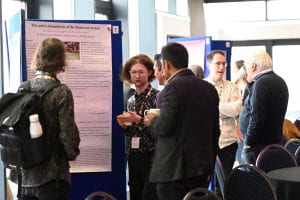

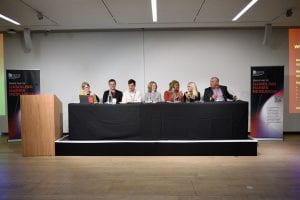



 The number of UK children with gambling problems has quadrupled to more than 50,000 in just four years. With the opening of child gambling clinics to tackle rising rates of problem gambling, the NHS and government have recognised this serious and growing issue. Indeed, the manifestos of all main political parties at the last general election pledged to tackle gambling regulation as a priority. There are strict regulations regarding advertising for online gambling, but for a few reasons, these are not always being followed when it comes to social media platforms.
The number of UK children with gambling problems has quadrupled to more than 50,000 in just four years. With the opening of child gambling clinics to tackle rising rates of problem gambling, the NHS and government have recognised this serious and growing issue. Indeed, the manifestos of all main political parties at the last general election pledged to tackle gambling regulation as a priority. There are strict regulations regarding advertising for online gambling, but for a few reasons, these are not always being followed when it comes to social media platforms. Esports, a form of competitive video gaming, that predominantly attracts amateur and professional players in their early 20s or younger, was of particular concern. The research offered novel insights into esports gambling adverts, highlighting the stark difference between these and traditional gambling (such as football betting) and their strong appeal for children.
Esports, a form of competitive video gaming, that predominantly attracts amateur and professional players in their early 20s or younger, was of particular concern. The research offered novel insights into esports gambling adverts, highlighting the stark difference between these and traditional gambling (such as football betting) and their strong appeal for children.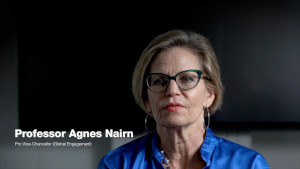 Agnes Nairn, Professor of Marketing at the University of Bristol Business School, says that the lack of awareness about this trend is a real problem: ‘Parents don’t have a clue about esports at all. And if they do, they don’t know about the gambling that goes alongside it. So, they’re not likely to be talking to their kids about it, in the way they might talk about online poker or regular sports gambling.’
Agnes Nairn, Professor of Marketing at the University of Bristol Business School, says that the lack of awareness about this trend is a real problem: ‘Parents don’t have a clue about esports at all. And if they do, they don’t know about the gambling that goes alongside it. So, they’re not likely to be talking to their kids about it, in the way they might talk about online poker or regular sports gambling.’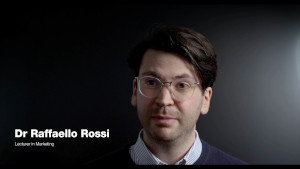 Dr Raffaello Rossi said: “The overwhelming strong appeal of gambling advertising on social media to children is of huge concern, as the earlier people start gambling the more likely it will become habitual and problematic.
Dr Raffaello Rossi said: “The overwhelming strong appeal of gambling advertising on social media to children is of huge concern, as the earlier people start gambling the more likely it will become habitual and problematic.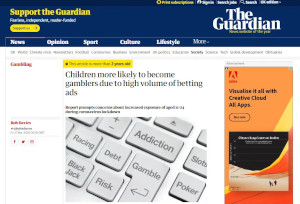 The research led to three direct changes in current advertising regulations: First, a
The research led to three direct changes in current advertising regulations: First, a